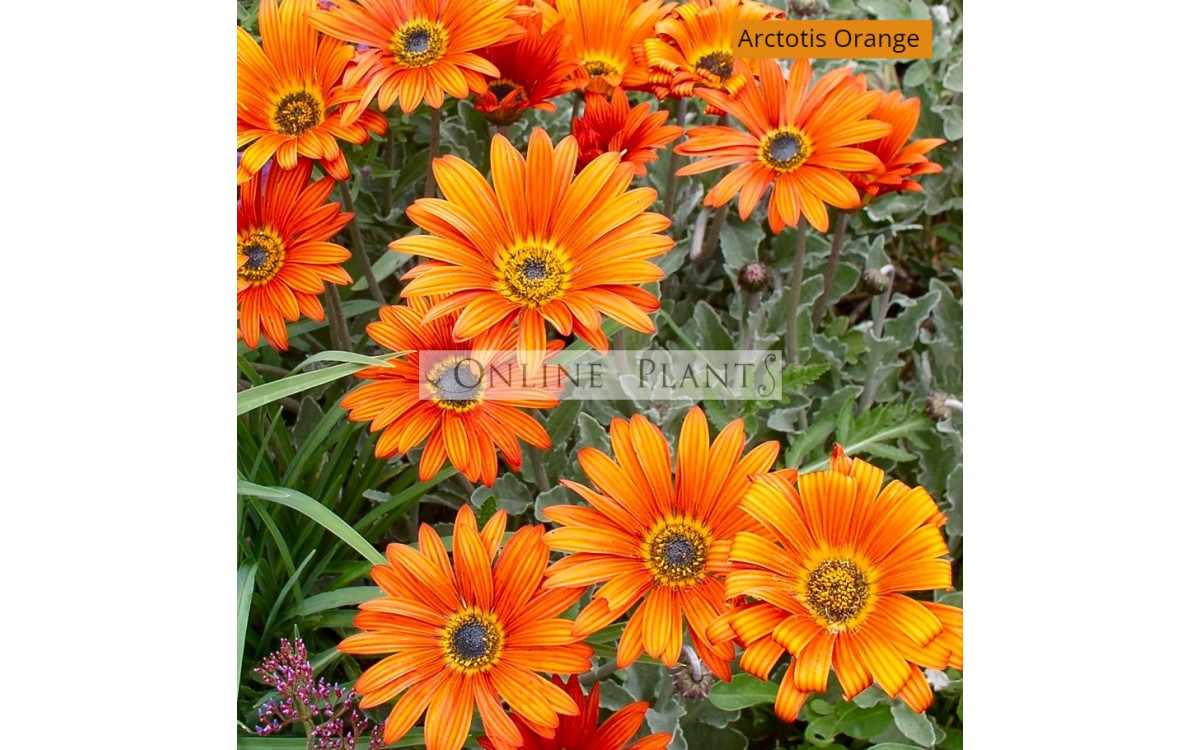A nice garden can produce lovely blooms or nutritious veggies for a number of months of the year. Summer arrives, we expect a bountiful harvest or glorious display of color ... but for some reason, the garden has gone dormant. What gives? Gardening in hot weather takes a bit of extra work, but is well worth the effort. A healthy, productive garden begins long before mid-summer, and the roots for that garden - pardon the pun - begin in the soil. Summer-proof your garden now and enjoy the fruits of your labor later.
1.Compost. Before even planting, till your soil and work a high quality compost into your soil. A compost rich in organic material is the best.
2. Weed!!!!! Please. Remember any plant that you dont want in your garden is a weed. They take goodness and much needed moisture from the plants that you do want growing healthy and nice.
3. Mulch. Just make sure you are purchasing from a reputable garden supply. Fresh pine bark can draw nitrogen from the soil, which may not harm your plants, but it will slow their growth rate. I like using composted 7-10mm pine bark. It doesn't fade, has excellent water retention capability's and the thicker it is laid down, the less weeds come through.
4. Plant. If you live in a drought-prone or area that consistently sees extremely high temperatures, research plants that do well in such environments. Using Australian native plants will greatly reduce the strain on your hot weather garden and the stress of keeping that garden happy and healthy. Consider also Succulents, which store water within themselves to help thrive during the dry months.
5. Space. Its pretty simple. Don't plant too close together as only the strongest survive. Larger canopy trees will search for maximum light and this will stunt the lower shrubs. Do your research or consult a garden designer.
6. Shade. When planting, pay close attention to whether the plant needs full sun, shade, partial shade, etc. and plant accordingly. Some plants will flourish in your hot weather garden, but others will require more nurture - those are the ones that will need a bit of shade. Move your pots to a shadier spot or plant in the shade of a tree or outside wall. Use netting to protect outdoor plants that are already planted.
7. Water. Every hot weather garden needs water. Water first thing in the morning and water evenly. Use a drip system for best watering practices. Micro sprays are wasteful, and can burn the foliage, not to mention they are actually illegal.
8. Replant. Plants that have grown too big for their pots may become pot bound - i.e., their roots take up all the space in the pots and they are unable to get nutrients or water. Further stress from heat or poor environmental factors can eventually kill them. Re-pot such plants to keep them safe during your hot weather gardening.
9. Be gentle. The heat is a big enough stress on your garden. Don't get into a frenzy of pruning or removing leaves, thinking that your garden will produce better. It won't. Just as you conserve energy during the hottest months by lounging poolside with icy lemonade, your hot weather garden conserves energy by being equally lazy. Dead head the browned flowers and pick fruit, but leave the rest alone.
10.Think environment. There is no advantage using harsh insecticides during the hot months. Soapy water or a natural pyrethrum spray will rid your garden of most insects at this time of year.

